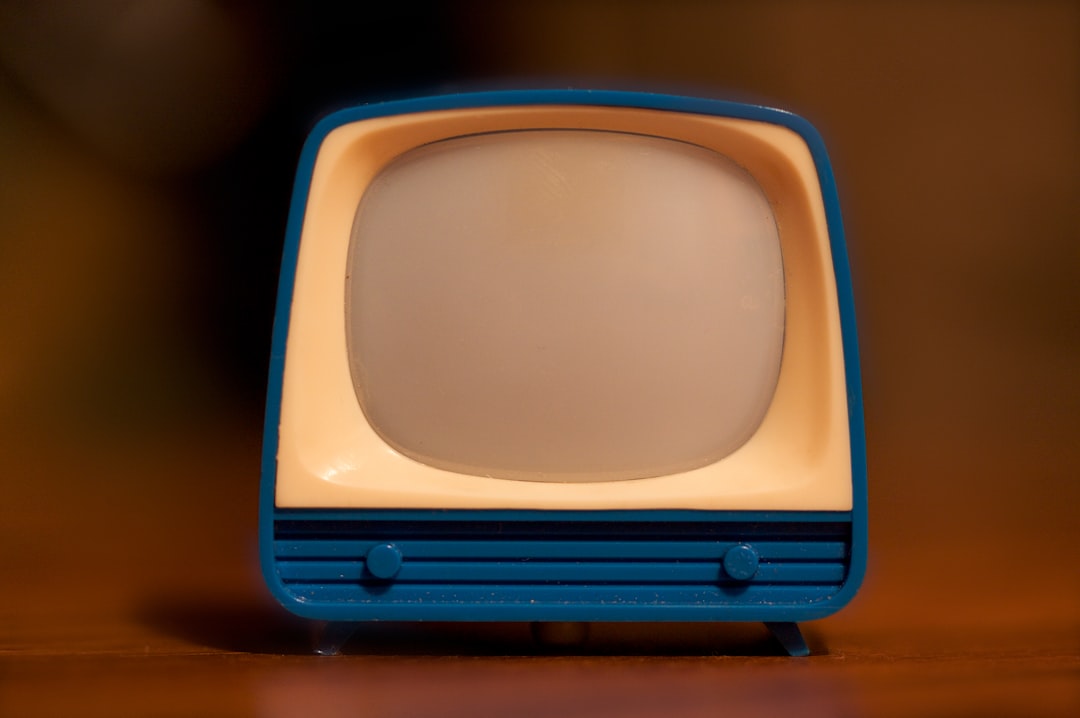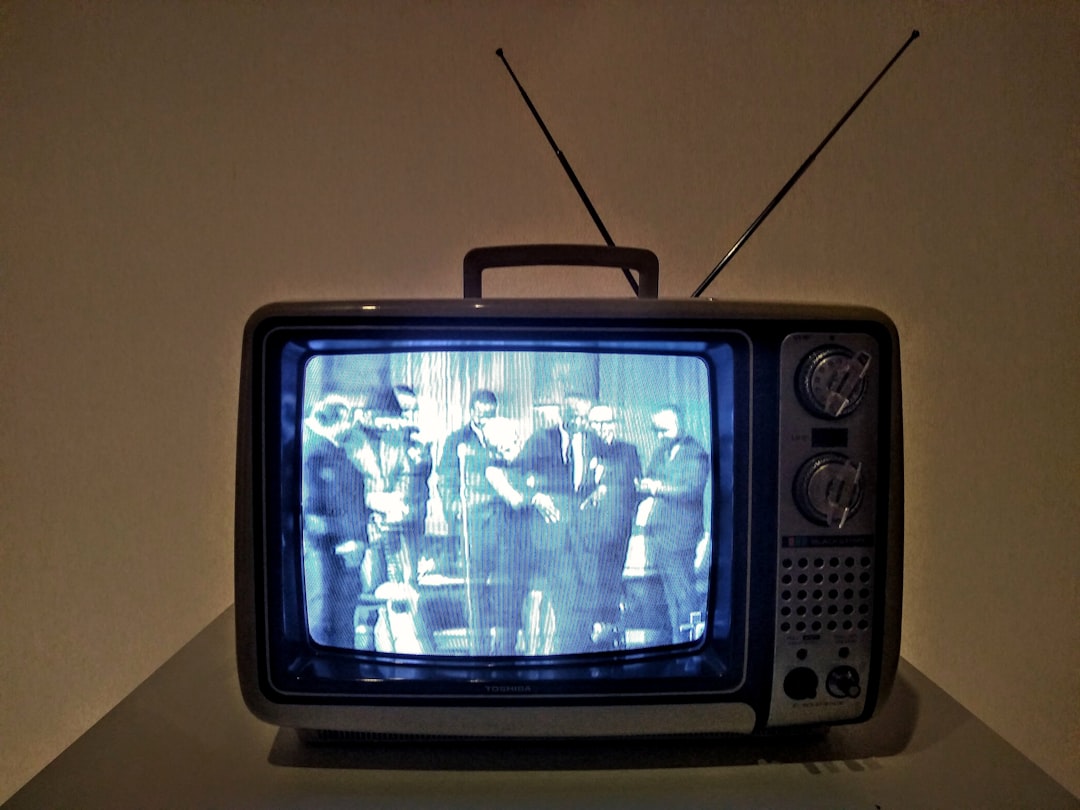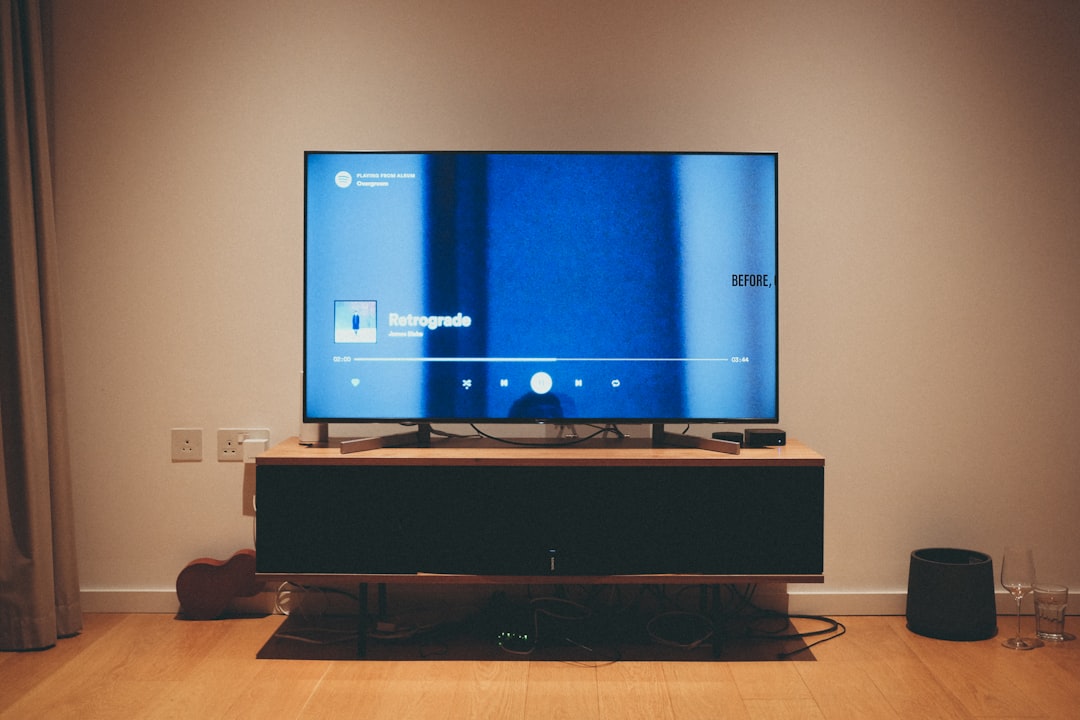Which decade did remote controls for TVs become common?

1950s
1960s
1970s
1980s
What is the main advantage of LED TVs over LCD TVs?

Lower cost
Higher brightness
Less weight
Energy efficiency
What was a significant design feature of 1970s television sets?

Flat screens
Rotary dials
Wood paneling
HDMI ports
Which of these is not a type of TV screen technology?

CRT
DLP
IPS
AMOLED
In what year did Samsung introduce the first curved TV?

2012
2013
2014
2015
Which company produced the first commercially available television set?

Sony
Philips
Baird
RCA
What does LCD stand for in television technology?

Light Crystal Display
Liquid Crystal Display
Liquid Cathode Display
Light Cathode Display
What year were LCD TVs first introduced to the public?

1980
1988
1991
1998
What was a key feature of early 2000s television sets?

HDMI ports
Smart functionality
Internet connectivity
3D technology
What year saw the introduction of color television broadcasting in the US?

1941
1953
1962
1970
What led to the decline of plasma TVs?

Size limitations
High production costs
Low resolution
Heavy weight
Which technology marked the transition to modern flat-panel TVs?

Cathode Ray Tube
Plasma
OLED
VHS
What is a hallmark of OLED TV technology?

High energy use
In-built projector
Self-lighting pixels
Outdoor use
Which of these features did NOT appear in 1990s television sets?

Internet connectivity
Built-in VCRs
Digital tuners
Smart functionality
Who is credited with inventing the first practical electronic television?

John Logie Baird
Philo Farnsworth
Charles Francis Jenkins
Vladimir Zworykin
What feature was typical of 1980s television sets?

Internet connectivity
Touch screens
Cable compatibility
3D technology
When did high-definition television (HDTV) start broadcasting in the USA?

1996
1998
2000
2002
Which feature distinguishes Smart TVs from earlier television models?

Remote control
Cable compatibility
Internet apps
Plasma display
When did 3D televisions first become available to consumers?

2005
2008
2010
2012
What is a major reason for the popularity of OLED TVs?

Affordable price
Lightweight
Better color accuracy
Energy efficiency

Static Viewer?
Seems like you’re still tuning in to the basics of TV evolution!

Channel Surfer
You’ve got a good grasp on the history, but there’s more to explore!

Broadcast Master
Your knowledge is as sharp as the latest 4K resolution!






